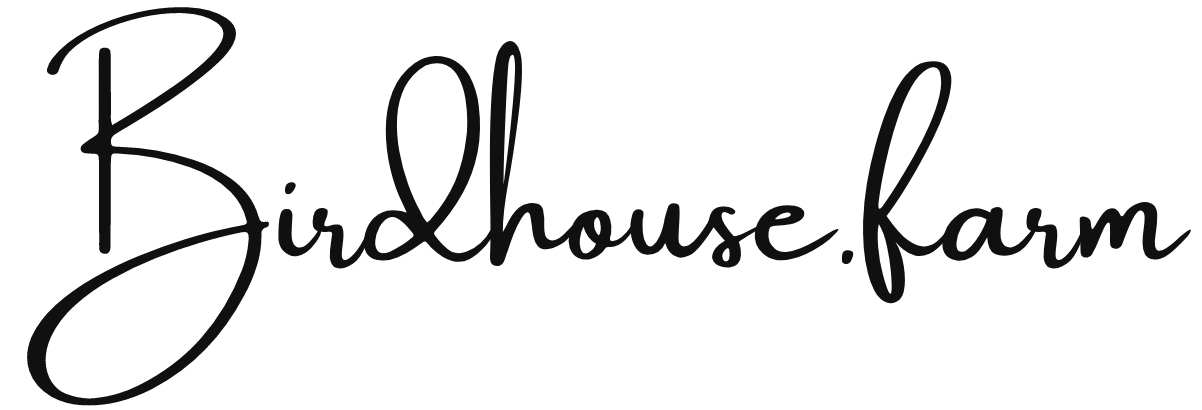Part IV: Changing Attitudes and Making Amends
CHANGING ATTITUDES
The idea of destroying a perfectly nice patch of grass to make room for native plants more conducive to the conditions of a particular area seems like an obscenity to many people. But once one comes to see nonnative grass as a parasite sucking up precious water like a sponge, it ceases to be so attractive.
Each of us bears responsibility for harming the earth. We have been in the process of turning it into a wasteland partially due to our insistence on keeping and glorifying turf grass, a bad habit we inherited from generations before us. We must change what we believe qualifies as being attractive and train our eyes to see beauty in a different way.
We must also develop a less human-centric attitude about “neighborhood.” Are only humans our neighbors, or can that term also apply to other species that have been pushed out of yards when there are no native plants to nourish them?
It is incumbent on each of us to change the narrative in our personal spaces, to heal the earth and salve the hurts inflicted upon her.
HOW CAN WE MAKE AMENDS?
We can each do our part in making our corner of the world healthier for its many species by giving up our traditional lawns and swapping them out for native flora. Native plants require no chemical fertilizers, prevent soil erosion, and improve the quality of the soil. Additionally, they provide better support for important pollinators like bees, whose populations have been decreasing. Following are some suggestions for lawn alternatives, but because native plants differ according to region, it is important to consult with the Native Plant Society in your state. This organization can guide you regarding the best native plants for fostering a diverse ecosystem in your yard.
It's not necessary to eliminate all of the grass in your yard in order to make a difference. Of course, the more grass that is taken out the better; but even a tiny bit that is traded for native plants improves biodiversity. If you like the resulting change, you can extend the area of your native planting.
Follow the Birdhouse.farm Research blog for more in this 9 part guest series from Nancy Vaughan.

